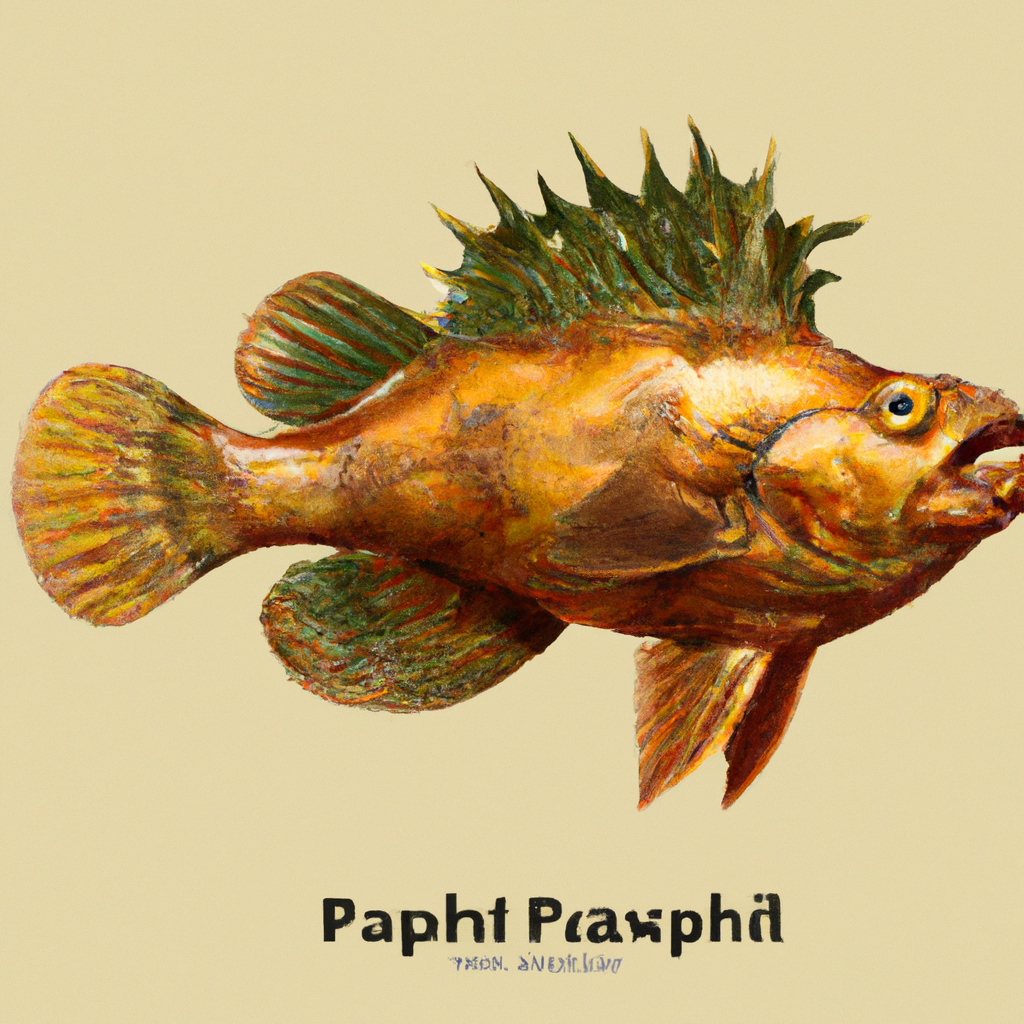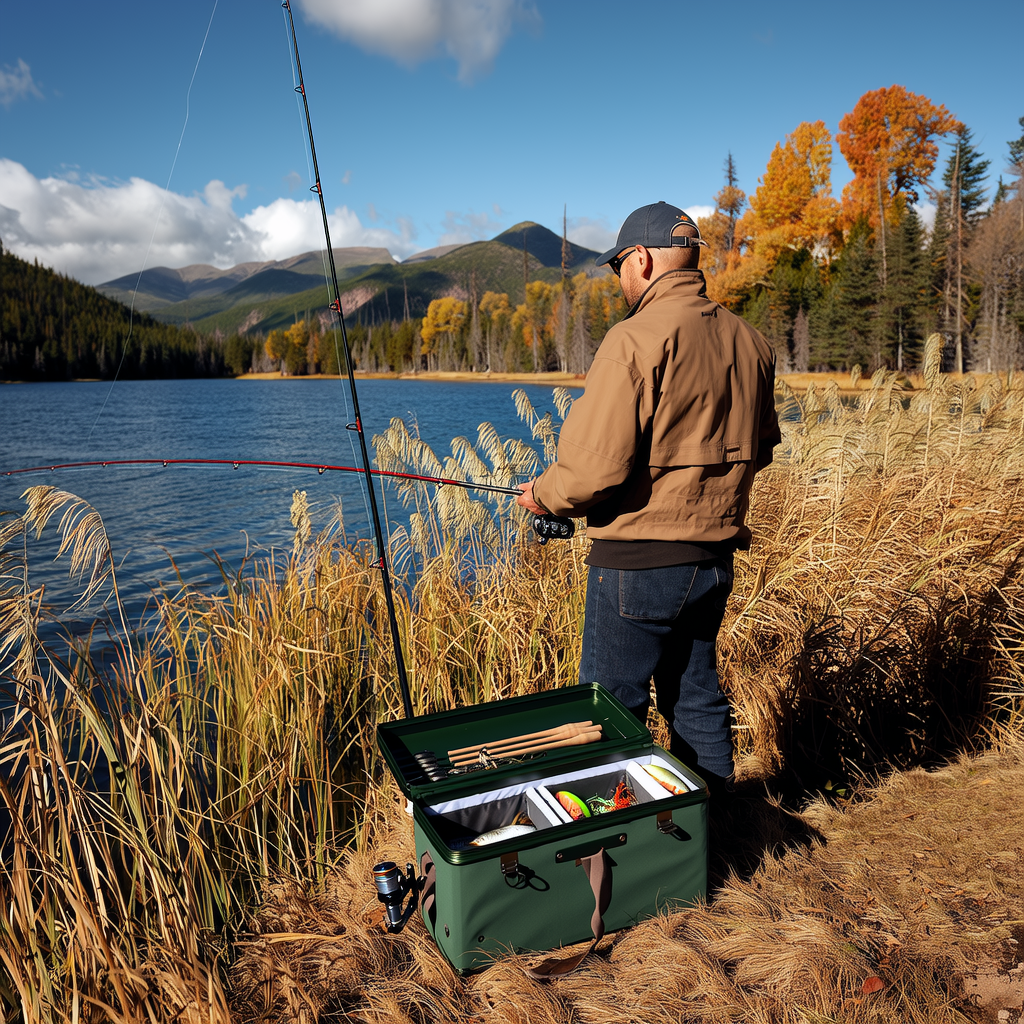Introduction
The sculpin is a fascinating creature. It belongs to the Cottidae family, which includes over 300 species. These bottom-dwelling marvels display a variety of unique adaptations and behaviors. This comprehensive guide will explore the many aspects of sculpins, including their habitat, physical features, feeding habits and reproductive strategies.
Habitat and Distribution
Sculpins are found in many habitats, both marine and freshwater. The fish are found in temperate, cold waters of the Northern Hemisphere. This includes the coastal regions of North America and Europe. These resilient fish can thrive in a wide range of environments including rocky bottoms and kelp forests. They also thrive in estuaries and deep-sea crevices.
Physical Characteristics
The sculpin fish are characterized by a wide range of physical characteristics and body shapes. They have large, wide heads with widemouths, which are ideal for opportunistic eating. Their bodies are covered in tough, sometimes spiny scales, which protect them from predators. Some sculpins are elongated, looking like eels. Others have a compact body.
Coloration and Camouflage
The ability of sculpin fish to camouflage themselves in their environment is impressive. They have a variety color patterns that help them blend into the substrates in which they live. These fish can change their pigmentation from mottled browns to vibrant oranges and reds. They can also alter the color to match their surroundings, making them almost invisible to predators or prey.
Feeding Habits
Sculpins are primarily omnivorous and feed on a variety of prey. They eat small invertebrates such as worms, mollusks and crustaceans. Sculpins are able to adapt to a wide range of food sources and thrive in a variety habitats. Some species have evolved special feeding adaptations such as elongated teeth or suction feeding mechanisms.
Behavior and Adaptations
Sculpin fish has developed a variety of behavioral and physiological adaptations in order to survive. Many species are benthic, meaning they spend most of their time near or on the seafloor. Their strong pectoral fins and spiny opercula help them navigate rocky terrain. Some sculpins can produce audible sounds that they use to communicate or defend their territory.
Reproductive Strategies
Sculpin fish have a complex and diverse reproductive system. Some species may guard the eggs until hatching, even though most lay their eggs on the substrate. The male sculpins guard and fan the eggs to ensure their survival. This unique reproductive strategy increases protection and survival chances for the offspring.
Economic and Ecological Importance
The sculpin fish is of great ecological importance. It contributes to the stability and equilibrium of marine ecosystems. They are an important part of the food chain, serving as prey to larger fish and as predators to smaller invertebrates. Sculpins are also targeted by the commercial and recreational fishing industry, who value their meat and use them as bait for other fish species. The economic value of sculpins has led to regulations that promote sustainable fishing practices in order to ensure their long-term survival.
Threats to Conservation
Despite their adaptability sculpin populations are threatened by several threats. Sculpin populations face many challenges, including habitat degradation, pollution, climate change, and overfishing. Conservation efforts are focused on protecting habitats, implementing regulations for fishing, and educating local communities about sustainable practices.
Conclusion
Researchers and marine enthusiasts continue to be fascinated by the sculpin, thanks to its fascinating behavior, remarkable adaptations and ecological significance. This guide has explored the many facets of the sculpin, including their habitat, physical characteristics, feeding habits and reproductive strategies. As stewards, we must conserve and protect this fascinating creature for future generations.




